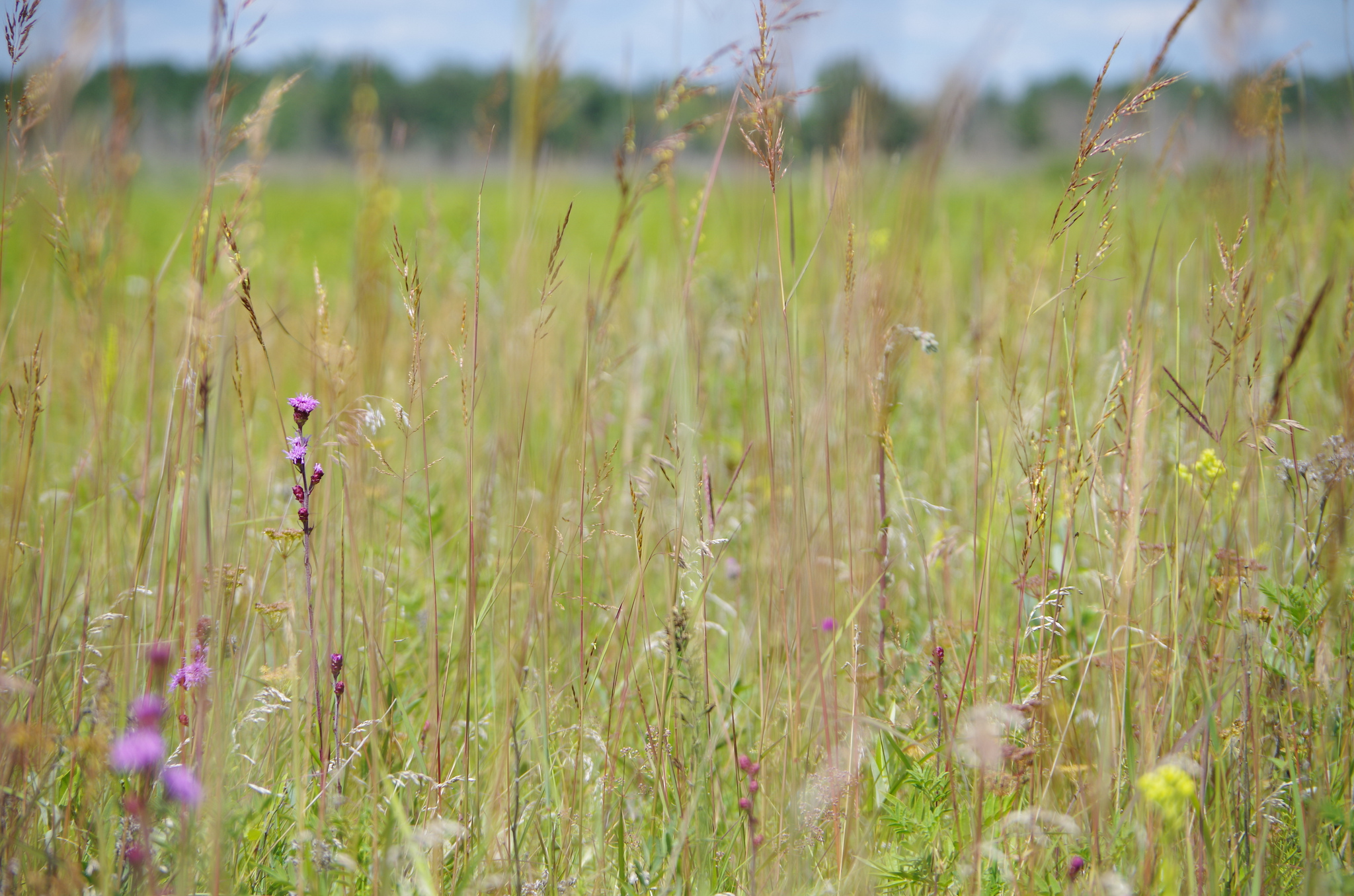Browse "Things"
-
Article
Natural Resources Transfer Acts 1930
Under these 3 Acts - one each for Manitoba, Saskatchewan and Alberta - the federal government turned over to the Prairie provinces the jurisdiction that it had exercised over the crown lands and natural resources of the region since its purchase from the Hudson's Bay Company in 1870.
"https://development.thecanadianencyclopedia.ca/images/tce_placeholder.jpg?v=e9dca980c9bdb3aa11e832e7ea94f5d9" // resources/views/front/categories/view.blade.php
https://development.thecanadianencyclopedia.ca/images/tce_placeholder.jpg?v=e9dca980c9bdb3aa11e832e7ea94f5d9
-
Article
Natural Sciences and Engineering Research Council
The Natural Sciences and Engineering Research Council (NSERC), established in 1978, is the federal government instrument for strategic investments in Canadian science and technology.
"https://development.thecanadianencyclopedia.ca/images/tce_placeholder.jpg?v=e9dca980c9bdb3aa11e832e7ea94f5d9" // resources/views/front/categories/view.blade.php
https://development.thecanadianencyclopedia.ca/images/tce_placeholder.jpg?v=e9dca980c9bdb3aa11e832e7ea94f5d9
-
Article
Nature Conservancy of Canada
The Nature Conservancy of Canada (NCC) is the largest land conservation charity in Canada. Since 1962, NCC has helped to protect more than 160,000 km2 of land and water across the country. Its mission is to partner with individual donors, corporations, non-profits and governments to purchase and protect areas rich in species diversity (see Biodiversity). The charity and its partners achieve this goal by working with local communities to identify habitat and species in need of protection, and by implementing the best evidence-based conservation science available. As of June 2019, the NCC has conserved habitat across Canada for 34 per cent of Canada’s species at risk. (See also Endangered Animals in Canada.)
"https://d2ttikhf7xbzbs.cloudfront.net/media/media/867f193d-c63a-4822-a3e7-c0a38fa063cb.jpg" // resources/views/front/categories/view.blade.php
https://d2ttikhf7xbzbs.cloudfront.net/media/media/867f193d-c63a-4822-a3e7-c0a38fa063cb.jpg
-
Article
Naval Aid Bill
As early as 1909 the Conservative Party believed that Canada should contribute "emergency" funds to help the Royal Navy maintain its superiority over the German navy. In March 1912 the RN required more "dreadnought" battleships.
"https://development.thecanadianencyclopedia.ca/images/tce_placeholder.jpg?v=e9dca980c9bdb3aa11e832e7ea94f5d9" // resources/views/front/categories/view.blade.php
https://development.thecanadianencyclopedia.ca/images/tce_placeholder.jpg?v=e9dca980c9bdb3aa11e832e7ea94f5d9
-
Article
Naval Service Act
The Naval Service Act, passed by the Liberal government of Sir Wilfrid Laurier, established the Royal Canadian Navy on 4 May 1910. Before the Act passed, Canada did not have a navy of its own and relied on the British Royal Navy. This new defence initiative was a direct response to the naval arms race between Britain and Germany in the years before the First World War and the 1909 panic in Britain over expansion of the German navy. The Act was built on earlier, distinctively Canadian approaches to defence and its key provisions remained in force until 1950. The Naval Service Act was bitterly opposed by French Canadian nationalists, led by Henri Bourassa, who feared deeper involvement in imperial affairs.
"https://d2ttikhf7xbzbs.cloudfront.net/media/media/04c5cf2b-940f-4410-b1a6-fa7105c8b99e.jpg" // resources/views/front/categories/view.blade.php
https://d2ttikhf7xbzbs.cloudfront.net/media/media/04c5cf2b-940f-4410-b1a6-fa7105c8b99e.jpg
-
Article
Navigation
Evidence suggests that the Phoenicians, Arabs and ancient Greeks were familiar with the use of nighttime positions of stars and constellations to aid in marine navigation, but this knowledge was lost to Europeans in the Dark Ages and only regained after about the year 1000 from the Arabs.
"https://d2ttikhf7xbzbs.cloudfront.net/media/media/586ed5da-5cc3-46bf-a81d-c771b08c8116.jpg" // resources/views/front/categories/view.blade.php
https://d2ttikhf7xbzbs.cloudfront.net/media/media/586ed5da-5cc3-46bf-a81d-c771b08c8116.jpg
-
Article
Navigation Acts
The Navigation Acts were a complex set of British laws dating from 1651 and 1660, regulating British and later imperial shipping and trade to foster economic and naval power.
"https://development.thecanadianencyclopedia.ca/images/tce_placeholder.jpg?v=e9dca980c9bdb3aa11e832e7ea94f5d9" // resources/views/front/categories/view.blade.php
https://development.thecanadianencyclopedia.ca/images/tce_placeholder.jpg?v=e9dca980c9bdb3aa11e832e7ea94f5d9
-
"https://development.thecanadianencyclopedia.ca/images/tce_placeholder.jpg?v=e9dca980c9bdb3aa11e832e7ea94f5d9" // resources/views/front/categories/view.blade.php
https://development.thecanadianencyclopedia.ca/images/tce_placeholder.jpg?v=e9dca980c9bdb3aa11e832e7ea94f5d9
-
Macleans
Navy blues
Even before it was hit by a series of setbacks, Canada’s Pacific fleet faced questions about its readinessThis article was originally published in Maclean's Magazine on October 7, 2013
"https://development.thecanadianencyclopedia.ca/images/tce_placeholder.jpg?v=e9dca980c9bdb3aa11e832e7ea94f5d9" // resources/views/front/categories/view.blade.php
https://development.thecanadianencyclopedia.ca/images/tce_placeholder.jpg?v=e9dca980c9bdb3aa11e832e7ea94f5d9
-
Article
Navy League of Canada
The Navy League of Canada is a volunteer organization founded in 1918 under federal charter, but tracing its origins to branches of the British Empire Navy League established in Canada from 1895.
"https://development.thecanadianencyclopedia.ca/images/tce_placeholder.jpg?v=e9dca980c9bdb3aa11e832e7ea94f5d9" // resources/views/front/categories/view.blade.php
https://development.thecanadianencyclopedia.ca/images/tce_placeholder.jpg?v=e9dca980c9bdb3aa11e832e7ea94f5d9
-
Macleans
N.B.'s New Premier
Long before New Brunswick Liberal cabinet minister Camille Thériault formally announced his bid for his party's - and the province's - top job on Jan. 26, his leadership ambitions were a badly kept secret.This article was originally published in Maclean's Magazine on May 11, 1998
"https://development.thecanadianencyclopedia.ca/images/tce_placeholder.jpg?v=e9dca980c9bdb3aa11e832e7ea94f5d9" // resources/views/front/categories/view.blade.php
https://development.thecanadianencyclopedia.ca/images/tce_placeholder.jpg?v=e9dca980c9bdb3aa11e832e7ea94f5d9
-
Article
N―s blancs d'Amérique
N―s blancs d'Amérique (1968), a Marxist analysis of Québec history and a program for the future, was written as an autobiography by Pierre Vallières while he was confined in a Manhattan jail for FLQ activities. The book argued that French Canadians workers are exploited by capitalism and colonized by anglophone elites.
"https://development.thecanadianencyclopedia.ca/images/tce_placeholder.jpg?v=e9dca980c9bdb3aa11e832e7ea94f5d9" // resources/views/front/categories/view.blade.php
https://development.thecanadianencyclopedia.ca/images/tce_placeholder.jpg?v=e9dca980c9bdb3aa11e832e7ea94f5d9
-
Article
Nematoda
Nematoda are a phylum of unsegmented, cylindrical worms; approximately 30 000 species are known.
"https://d2ttikhf7xbzbs.cloudfront.net/media/media/e2c984dd-2472-47a7-bf74-ba5a722f3708.jpg" // resources/views/front/categories/view.blade.php
https://d2ttikhf7xbzbs.cloudfront.net/media/media/e2c984dd-2472-47a7-bf74-ba5a722f3708.jpg
-
Article
Nepheline Syenite
Nepheline syenite is a white to light grey medium-grained IGNEOUS ROCK. It consists mostly of soda feldspar, nepheline and potash feldspar, accessory magnesium and iron-rich minerals.
"https://development.thecanadianencyclopedia.ca/images/tce_placeholder.jpg?v=e9dca980c9bdb3aa11e832e7ea94f5d9" // resources/views/front/categories/view.blade.php
https://development.thecanadianencyclopedia.ca/images/tce_placeholder.jpg?v=e9dca980c9bdb3aa11e832e7ea94f5d9
-
Article
Dutch Music in Canada
The first Dutch immigrants to Canada arrived via the USA during the late-18th and early-19th centuries as part of the United Empire Loyalist contingent. By 1867 there were 29,000 persons of Dutch origin; in 1986 there were more than 850,000, many of whom arrived soon after World War II.
"https://development.thecanadianencyclopedia.ca/images/tce_placeholder.jpg?v=e9dca980c9bdb3aa11e832e7ea94f5d9" // resources/views/front/categories/view.blade.php
https://development.thecanadianencyclopedia.ca/images/tce_placeholder.jpg?v=e9dca980c9bdb3aa11e832e7ea94f5d9
